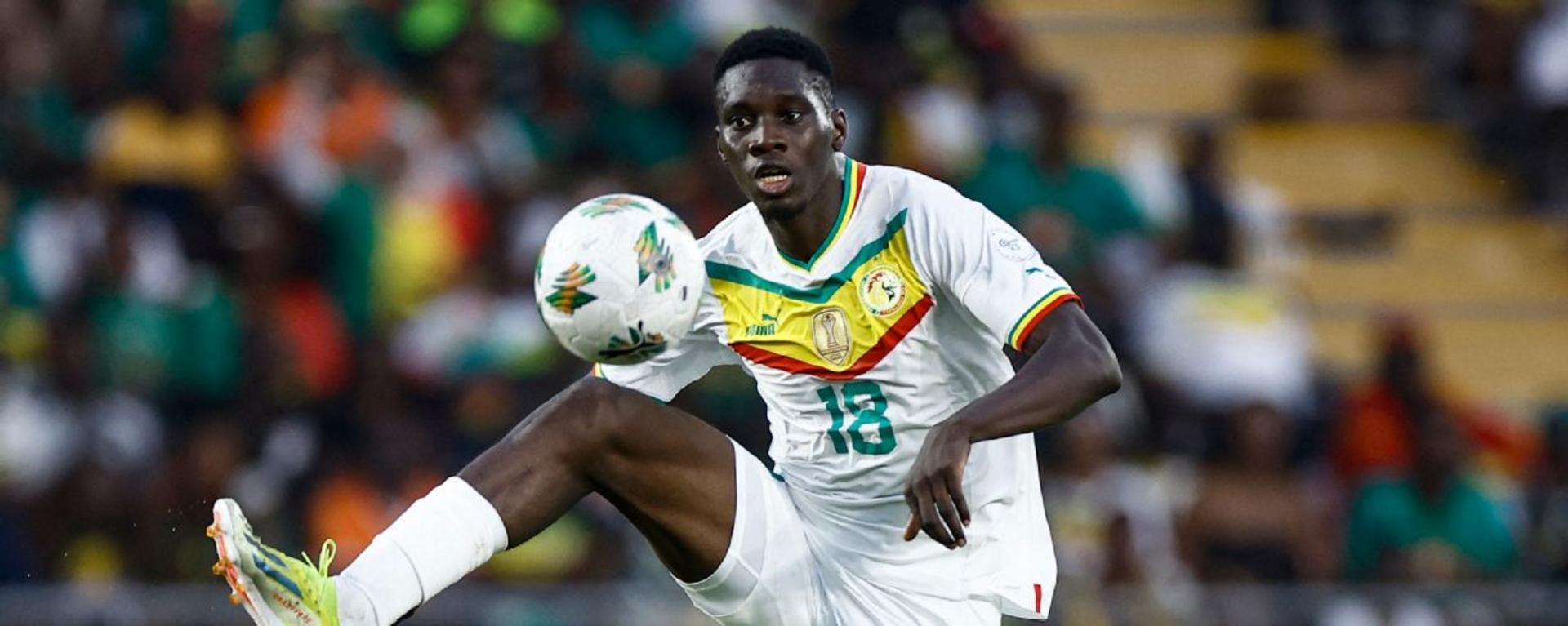Why Mexico vs. Ecuador Marks the End of an Era in International Soccer
The highly anticipated international match between Mexico and Ecuador not only represents a thrilling encounter on the pitch but also symbolizes a historic turning point in the world of international soccer. This fixture, played during what is likely to be the last ever October international break, reflects significant changes in scheduling, player availability, and the overall landscape of global football.
The Last October International Break
Since the inception of FIFA’s international match calendar, October breaks have been a staple for national teams to gather, train, and compete in qualifiers or friendlies. However, the upcoming window, highlighted by the Mexico vs. Ecuador game, is poised to be the final chapter in this tradition due to shifting priorities in the soccer calendar and player welfare concerns.
-
FIFA is restructuring the international calendar to reduce congestion and better accommodate club commitments.
-
There is an increasing push to optimize player rest and recuperation, given the intense schedules in domestic leagues and continental tournaments.
-
Changes are also partly motivated by the evolving global football governance, with a focus on creating more flexible, quality fixtures rather than numerous short breaks.
Mexico vs. Ecuador: A Symbolic Clash
Mexico and Ecuador have both historically utilized October international breaks to develop their squads, test new talents, and secure critical qualifying points for major tournaments such as the FIFA World Cup and the CONCACAF and CONMEBOL qualifiers respectively. This latest encounter thus carries emotional and historical weight, prompting reflection on how international soccer has evolved.
The match is not just another fixture; it represents the culmination of decades of tradition, fan engagement, and national pride tied to this particular FIFA window. Players, coaches, and fans alike recognize the significance and the nostalgia surrounding this ‘last’ October break.
Impacts on Players and Teams
-
Players will miss future October breaks, changing how they engage with national teams outside major tournaments or scheduled qualifiers.
-
National team coaches will need to adapt their strategies and squad rotations, making alternate arrangements for friendlies and training camps.
-
Fans may have to adjust their expectations and viewing habits as international fixtures undergo scheduling modifications.
Looking Ahead: The Future of International Soccer Calendars
The transition away from October international breaks is part of a broader reimagining of the soccer calendar. Key points include:
-
Focus will shift towards more condensed, competitive international windows ensuring higher stakes and quality matches.
-
Greater emphasis will be placed on player welfare, especially surrounding congested club seasons and international tournaments.
-
International football governing bodies and clubs will need to collaborate more closely to balance club and country demands.
-
Potential integration of innovations such as mini-tournaments or revamped qualification formats could emerge.
Conclusion
The Mexico vs. Ecuador match in this final October international break acts as a symbolic farewell to an era long cherished by football communities worldwide. As global soccer continues to evolve, adapting schedules and formats, this fixture will be remembered not only for the action on the field but also for marking a pivotal moment in the sport’s history. Fans, players, and officials alike are witnessing the sunset of traditional international breaks and the dawn of a new chapter in the beautiful game.
Image courtesy by www.espn.com



